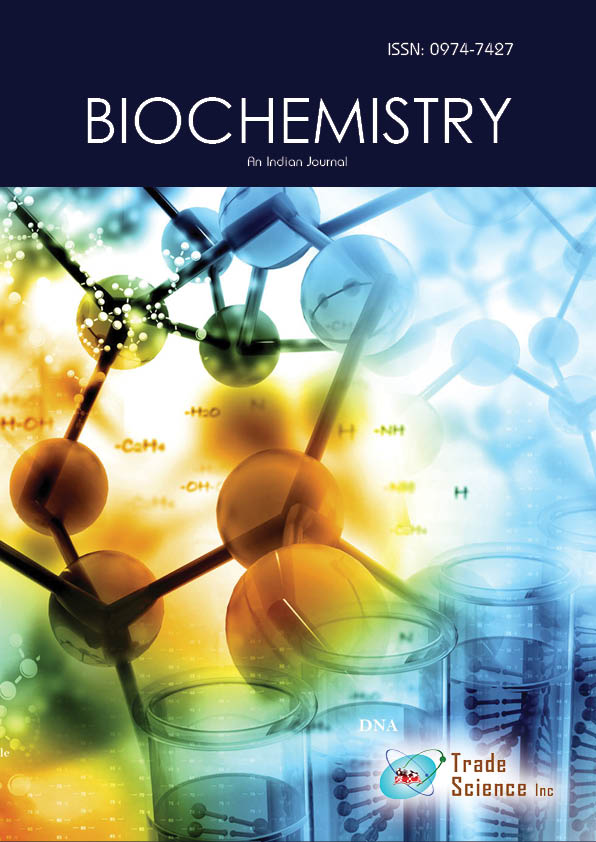抽象的な
Electrochemical studies of new unsymmetrical trityl di- and trisulfides
ImadA.Abu-Yousef, NathirA.Al-Rawashdeh,SofianM.Kanan
A direct electrochemical (cyclic voltammetry) analysis of a new series of unsymmetrical trityl di- and trisulfides were performed inN,N-dimethylformamide (DMF). The tritylmoiety cleaves first during the reduction of all compounds. In all trisulfides, the formation of tritylalcohol, diatomic sulfur, and the analogue thiol were observed. The experimental approach allows estimating the values of Eo red and the intrinsic barrier for the formation of the radical anions. The peak potential strongly depends on the ring substituents of unsymmetrical di- and trisulfides, spanning a range of more than 700 mV. The reduction potential becomes less negative when the sulfur chain becomes longer. For the studied sulfides, electron releasing substituents (such as OCH3) make the reduction more difficult, while the strong electron withdrawing para-substituents (such as Cl, Br, and NO2) shift the reduction potentials to less negative values. Furthermore, the paraphenyl substituents shift the reduction potentials to more negative values than that of corresponding para-benzyl substituents. Substituted sulfides with high Hammett constant (electron-withdrawing substituents) produce less negative reduction potentials due to lowering the lowest unoccupied molecular orbitals (LOMO). In contrast, the smaller Hammett constant (electron releasing substituents) produce more negative reduction potentials, probably by raising the energy of the LOMO.
